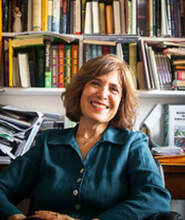 Who introduced the signals for ball and strike, safe and out in baseball? William Klem, an umpire who took credit for creating the signs for strikes and balls in 1906, a practice that became standard in 1909, was inducted in the National Baseball Hall of Fame in 1953 for changing the game of baseball with that brilliant addition to the game of baseball. But did he deserve the credit? On August 20, 2019, the Major League Baseball Umpire Association itself called this claim into question (https://mlbua.com/press-single?id=134). It turns out that there was another umpire, Francis O’Loughlin, who had used hand signals during that very same 1906 season. But here’s the kicker. In a Washington Post article from that time, after spraining his voice, O’Loughlin “employed [William] Hoy’s mute signal code.” William Hoy’s mute signal code? That’s right. William Hoy, a Deaf player who started his 14-year major league career in 1888, had taught umpires signals, including American Sign Language gestures for safe and out, so he could play the game he loved. Local newspapers covering Hoy’s games described and at times sketched how he would watch his third base coach hold up his right arm for a strike and his left for a ball after each pitch. Now, even William Hoy fans don’t claim he was the first to use hand signals, mainly because he wasn’t the first Deaf player in baseball. That honor goes to Ed Dundon, a pitcher who used hand signals both as a player from 1883-1884, followed by pitcher Tom Lynch, who played one season in 1884. But while Hoy was the third Deaf player in professional baseball, his career was longer and encompassed eight teams in four leagues (the now defunct Players’ League and American Association as well as the ongoing National League and the American League). That’s a lot of umpires and players who would have observed the use of Hoy’s hand signals. Why is it important to give credit where it is due? For many in the Deaf community, Hoy brings pride as someone who didn’t “overcome” a challenge of being Deaf, but used the gift of being Deaf to change the game of baseball for the better. To overlook the contributions of Deaf players to baseball feels, to many, like giving white musicians credit for playing the jazz that Black artists created. Today, Steve Sandy, a Deaf historian and friend of the Hoy family, continues a campaign to get Hoy inducted in the National Baseball Hall of Fame, where he would be the first Deaf player honored there. Steve Sandy is acknowledged as a key resource source for The William Hoy Story, How a Deaf Baseball Player Changed the Game (illustrated by Jez Tuya, Albert Whitman & Company) and the co-writer and co-producer of an independent film about Hoy called The Silent Natural. If you’d like to help his efforts, visit the Hoy for the Hall page on nancychurnin.com for the address of the National Baseball Hall of Fame, and write a letter on his behalf. 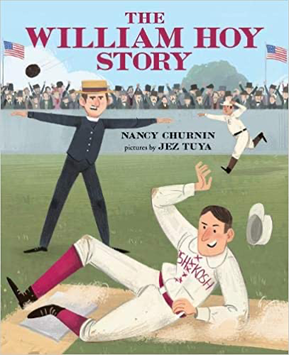 https://youtu.be/sMAE8R0E2_o Learn more about William Hoy in The William Hoy Story, How a Deaf Baseball Player Changed the Game by Nancy Churnin, illustrated by Jez Tuya (Albert Whitman & Company). Check out the resources, including video of the real William Hoy, a free teacher guide and Readers Theater play, the Hoy for the Hall project and more. https://mobile.twitter.com/cammillerfilms/status/1097574123071569921?lang=en https://youtu.be/vUyXyp_yWkI
3 Comments
The United States Constitution includes two oaths of office. The first, and better known one, is the presidential oath in Article Two, which reads, "I do solemnly swear (or affirm) that I will faithfully execute the office of President of the United States, and will to the best of my ability, preserve, protect and defend the Constitution of the United States." Why does it include “affirm” in parentheses? Because the Framers understood that an incoming president might object to “swearing,” which could indicate an oath before God. This might also explain why the Constitution does not add “so help me God” at the end, although most modern oath-takers do so. The second oath, in Article Six, similarly requires all national and state officials to “be bound by Oath or Affirmation, to support this Constitution.” Why are these provisions important? One answer is that our 18th-century forbears deeply believed in the magnitude of swearing oaths before God: violating an oath, after all, might lead to Divine, as well as secular, wrath. Furthermore, note that allegiance is sworn to the federal Constitution. Before the Revolution, colonial officials swore fealty to the king. Afterward, but before the Constitution was ratified in 1788, state legislatures required members to swear loyalty to their particular state. As John Adams had said, “Massachusetts is our country.” The Framers debated which of these to follow—state or federal—and even whether to require oaths altogether. James Wilson of Pennsylvania argued that they were unnecessary because “a good government did not need them and a bad one…ought not to be supported.”[i] Requiring allegiance to the federal government was a major step. But there is another crucial question: Can we tell when someone is, or is not, obeying the oath? What does it mean, “to the best of my ability, [to] preserve, protect and defend the Constitution of the United States?” Donald Trump was impeached twice by the House of Representatives. Did he live up to the terms of his oath or not? How do we decide? Presidents will always insist that they complied with the oath. Office-holders as varied as Andrew Jackson, Abraham Lincoln, and Franklin Roosevelt, among others argued that they had the power to interpret the Constitution to do what they believed counted as preserving, protecting and defending it. Other people say the Supreme Court is the “ultimate interpreter” and presidents must abide by the justices’ rulings. The South African Constitution, for example, makes it clear that that country’s Constitutional Court takes precedence over any contrary assertions by the President. Would you support that? 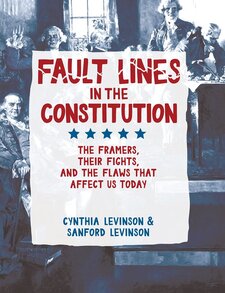 Many of the political issues we struggle with today have their roots in the US Constitution. Husband-and-wife team Cynthia and Sanford Levinson take readers back to the creation of this historic document and discuss how contemporary problems were first introduced―then they offer possible solutions. "A fascinating, thoughtful, and provocative look at what in the Constitution keeps the United States from being “a more perfect union.” " Kirkus Reviews - Best Middle Grade Nonfiction of 2017 It is a confusing and frustrating time to be an American. And being an American youth is the most confusing role of all. In the four years of the 45th president’s term, our democracy was gradually taken from us even as the thieves absconding with it called themselves “patriots.” A patriot does not seek to undermine their country’s Constitution. This all came to a head when number forty-five directed his followers to storm the Capitol. They compared themselves to our founders. Our founders built our government. Forty-five and his minions sought to demolish it. The people who stormed the Capitol are traitors, trying to upend a democratic election. What really motivated these people, and all the people who support number forty-five? The answer is hate. Number forty-five promoted hate from the moment he took office. It’s like when Voldemort took over in Harry Potter. But this vile man did not invent greed and hate. These things have festered in America since it was founded. Number forty-five made it safe for too many of our citizens to reveal themselves in a way that shocks us—but it should not surprise us. Our country was flawed from the start. We stole land from indigenous Americans and slaughtered them. We kidnapped human beings from Africa and enslaved them. We denied women the right to vote. Thomas Jefferson, primary author of The Declaration of Independence, enslaved over 600 human beings during his life—some his own children. We have continually dehumanized and tortured people. Look at George Floyd. Look at the children in cages at our borders. Hate has been continually cooked on the stove of American culture. Every time it has come to a boil, we’ve lowered the heat, but we have not extinguished the flame. What will we do this time? There is no stolen election. That lie that was propagated by a narcissistic leader who could not admit his own defeat. Now we have a new leader, but the country is torn apart. It will take much work to mend what’s broken—not just stick a bandage over it. Study history so you can learn about humanity—flaws and all. Be aware of what came before so that you can positively impact what comes next. The power to banish hate in America rests in your hearts and hands. Love trumps hate.
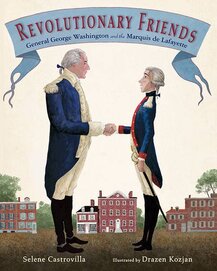 Selene Castrovilla is an award-winning, acclaimed author of five books on the American Revolution for young readers, including The Founding Mothers of the United States (Scholastic) and Revolutionary Friends: General George Washington and the Marquis de Lafayette (Calkins Creek Books). Her upcoming books include The Civil Rights Movement: 1960 (Scholastic, 2021), Seeking Freedom: The Untold Story of Fortress Monroe and the End of Slavery in America, illustrated by E. B. Lewis (Calkins Creek Books, 2022) and Boy Meets Groove: Savion Glover Finds His Funk, illustrated by Laura Freeman (Holiday House, 2022). Selene has been a meticulous researcher of American history since 2003. A frequent speaker about our nation's evolution, she is equally comfortable with audiences of children and adults. Please visit: selenecastrovilla.com. After the bombing of Pearl Harbor on December 7, 1941, the lives of Japanese Americans instantly changed. As the US declared war on Japan, public scrutiny focused on the 120,000 Japanese Americans living along the Pacific Ocean. Would they help Japan if it attempted an invasion of the coast? A hateful, racist anti-Japanese American campaign swept the nation, and the government decided that for “public safety” Japanese Americans must be isolated in “internment” camps. With little warning, the roundups began. They were forced to sell their homes and possessions for whatever they could get and to give away their pets. They were allowed just two suitcases each as they boarded trains and buses to over-crowded assembly centers, where they waited for months in primitive conditions until the ten permanent camps were ready. Those camps were in isolated, inhospitable locations where the internees lived behind barbed wire, guarded by armed soldiers. Each family was assigned one room in a flimsy wooden barrack furnished only with iron cots. Everyone waited in long lines to use the restrooms and to eat. The children attended schools that were started in the camps. But jobs were scarce and adults had little to do. While they could have sunk into despair, nearly all Japanese Americans wanted America to win the war, and if their confinement helped the war effort, they decided to cooperate and make the best of it. To stay busy they organized scout troops and baseball teams. They hosted talent contests, movie nights, dances, festivals, and celebrations. They started newspapers, libraries, poetry clubs, choirs, bands and orchestras. They took up woodworking and sewing and planted Victory Gardens. In some camps internees were allowed to grow crops to supplement their government surplus food. Each morning they saluted the flag and said the Pledge of Allegiance. Many participated in Red Cross blood drives and knitted socks and scarves to send to soldiers. The young men from the camps who served in the war distinguished themselves with their bravery and helped ensure an Allied victory. After the war, Japanese Americans began the difficult task of rebuilding their lives. Many had lost all their belongings and could not find jobs. Worst of all was the shame they felt over their country’s distrust of them. But they had proved their loyalty. And in spite of this terrible injustice, they raised their children to be good Americans.  Andrea Warren is the author of nine books of nonfiction for young readers and young adult readers. Each centers on young people who have faced grave challenges in difficult periods of history. Her latest, Enemy Child: The Story of Norman Mineta, a Boy Imprisoned in a Japanese American Internment Camp During World War II, published by Holiday House, received starred reviews in School Library Journal and The Horn Book. It was selected as a 2019 Best Book by School Library Journal and is the recipient of the Bank Street College best nonfiction award. It has also has been honored by the Library of Congress and the Smithsonian’s National Museum of American History. Warren is a previous winner of the Horn Book Award and the Sibert Honor Award. You can read Vicki Cobb's review here. |
*NEWS
|
For Vicki Cobb's BLOG (nonfiction book reviews, info on education, more), click here: Vicki's Blog
The NCSS-CBC Notable Social Studies Committee is pleased to inform you
that 30 People Who Changed the World has been selected for Notable Social Studies Trade Books for Young People 2018, a cooperative project of the National Council for the Social Studies (NCSS) & the Children’s Book Council
Categories
All
Abolitionists
Adams Janus
Adaptation
Adaptations
Adkins Jan
Advertising
Aerodynamics
Africa
African American History
African Americans
Africa West
Agriculture
Aircraft
Air Pilots
Air Pressure
Air Travel
Albee Sarah
Alchemy
Alligators
Allusion
American History
American Icons
Amphibians
Amundsen Roald
Anatomy
Ancient
Ancient Cultures
Anderson Marian 1897-1993
Animal Behavior
Animal Experimentation
Animal Intelligence
Animals
Animation
Antarctica
Ants
Apache Indians
Apes
April Fool's Day
Architecture
Argument
Arithmetic
Art
Art Deco
Artists
Arts
Asia
Astronauts
Astronomy
Athletes
Atomic Theory
Audubon Societies
Authors
Autobiography
Automobiles
Aviation
Awards
Bacteria
Baseball
Battuta Ibn
Bears
Beatles
Beavers
Bees
Biodegradation
Biography
Biology
Biomes
Biomimicry
Biplanes
Birds
Black Death
Black History
Blindness
Blizzards
Bombs
Bonaparte Napoleon
Boone Daniel
Botany
Brazil
Bridges
Brill Marlene Targ
Brooklyn Bridge
Brown John
Buffaloes
Building Materials
Butterflies
Caesar
Caesar Julius
Caissons
Calculus
Calendars
Cannibal
Capitals
Caravaggio
Carbon Dioxide
Carnivores
Carson Mary Kay
Cartoons & Comics
Carving (Decorative Arts)
Cascade Range
Castaldo Nancy
Castles
Castrovilla Selene
Cathedrals
Cats
Caves
Celts
Cemeteries
Chemistry
Children's Authors
Child Welfare
China
Choctaw Indians
Christmas
Chronometers
Cicadas
Cinco De Mayo
Ciphers
Circle
Citizenship
Civil Rights
Civil Rights Movements
Civil War
Civil War - US
Climate
Climate Change
Clocks And Watches
Clouds
Cobb Vicki
COBOL (Computer Language)
Code And Cipher Stories
Collard III Sneed B.
Collectors And Collecting
Color
Commerce
Communication
Competition
Compilers
Composers
Computers
Congressional Gold Medal
Consitution
Contests
Contraltos
Coolidge Calvin
Cooling
Corms
Corn
Counterfeiters
Covid-19
Crocodiles
Cryptography
Culture
Darwin Charles
Declaration Of Independence
Decomposition
Decompression Sickness
Deep-sea Animals
Deer
De Medici Catherine
Design
Detectives
Dickens Charles
Disasters
Discrimination
Diseases
Disney Walt
DNA
Dogs
Dollar
Dolphins
Douglass Frederick 1818-1895
Droughts
Dr. Suess
Dunphy Madeleine
Ear
Earth
Earthquakes
Ecology
Economics
Ecosystem
Edison Thomas A
Education
Egypt
Eiffel-gustave-18321923
Eiffel-tower
Einstein-albert
Elephants
Elk
Emancipationproclamation
Endangered Species
Endangered-species
Energy
Engineering
England
Englishlanguage-arts
Entomology
Environmental-protection
Environmental-science
Equinox
Erie-canal
Etymology
Europe
European-history
Evolution
Experiments
Explorers
Explosions
Exports
Extinction
Extinction-biology
Eye
Fairs
Fawkes-guy
Federalgovernment
Film
Fires
Fishes
Flight
Floods
Flowers
Flute
Food
Food-chains
Foodpreservation
Foodsupply
Food-supply
Football
Forceandenergy
Force-and-energy
Forensicscienceandmedicine
Forensic Science And Medicine
Fossils
Foundlings
France
Francoprussian-war
Freedom
Freedomofspeech
French-revolution
Friction
Frogs
Frontier
Frontier-and-pioneer-life
Frozenfoods
Fugitiveslaves
Fultonrobert
Galapagos-islands
Galleys
Gametheory
Gaudi-antoni-18521926
Gender
Generals
Genes
Genetics
Geography
Geology
Geometry
Geysers
Ghosts
Giraffe
Glaciers
Glaucoma
Gliders-aeronautics
Global-warming
Gods-goddesses
Gold-mines-and-mining
Government
Grant-ulysses-s
Grasshoppers
Gravity
Great-britain
Great-depression
Greece
Greek-letters
Greenberg Jan
Hair
Halloween
Handel-george-frederic
Harness Cheryl
Harrison-john-16931776
Health-wellness
Hearing
Hearing-aids
Hearst-william-randolph
Henry-iv-king-of-england
Herbivores
Hip Hop
History
History-19th-century
History-france
History-world
Hitler-adolph
Hoaxes
Holidays
Hollihan Kerrie Logan
Homestead-law
Hopper-grace
Horses
Hot Air Balloons
Hot-air-balloons
Housing
Huguenots
Human Body
Hurricanes
Ice
Icebergs
Illustration
Imagery
Imhotep
Imperialism
Indian-code-talkers
Indonesia
Industrialization
Industrial-revolution
Inquisition
Insects
Insulation
Intelligence
Interstatecommerce
Interviewing
Inventions
Inventors
Irrational-numbers
Irrigation
Islands
Jacksonandrew
Jazz
Jeffersonthomas
Jefferson-thomas
Jemisonmae
Jenkins-steve
Jet-stream
Johnsonlyndonb
Jokes
Journalism
Keeling-charles-d
Kennedyjohnf
Kenya
Kidnapping
Kingmartinlutherjr19291968
Kingmartinlutherjr19291968d6528702d6
Kings-and-rulers
Kings Queens
Kings-queens
Koala
Labor
Labor Policy
Lafayette Marie Joseph Paul Yves Roch Gilbert Du Motier Marquis De 17571834
Landscapes
Languages-and-culture
Law-enforcement
Layfayette
Levers
Levinson Cynthia
Lewis And Clark Expedition (1804-1806)
Lewis Edmonia
Liberty
Lift (Aerodynamics)
Light
Lindbergh Charles
Liszt Franz
Literary Devices
Literature
Lizards
Longitude
Louis XIV King Of France
Lumber
Lunar Calendar
Lynching
Macaws
Madison-dolley
Madison-james
Madison-james
Mammals
Maneta-norman
Maneta-norman
Marathon-greece
Marine-biology
Marine-biology
Marines
Marsupials
Martial-arts
Marx-trish
Mass
Massachusetts-maritime-academy
Mass-media
Mastodons
Mathematics
May-day
Mcclafferty-carla-killough
Mcclafferty-carla-killough
Mckinley-william
Measurement
Mechanics
Media-literacy
Media-literacy
Medicine
Memoir
Memorial-day
Metaphor
Meteorology
Mexico
Mickey-mouse
Microscopy
Middle-west
Migration
Military
Miners
Mississippi
Molasses
Monarchy
Monsters
Montgomery
Montgomery-bus-boycott-19551956
Montgomery-heather-l
Monuments
Moon
Moran-thomas
Morsecode
Morsesamuel
Moss-marissa
Moss-marissa
Motion
Motion-pictures
Mummies
Munro-roxie
Munro-roxie
Musclestrength
Museums
Music
Muslims
Mythologygreek
Nanofibers
Nanotechnology
Nathan-amy
Nathan-amy
Nationalfootballleague
Nationalparksandreserves
Nativeamericans
Native-americans
Native-americans
Naturalhistory
Naturalists
Nature
Nauticalcharts
Nauticalinstruments
Navajoindians
Navigation
Navy
Ncaafootball
Nervoussystem
Newdeal19331939
Newman-aline
Newman-aline
Newton-isaac
New-york-city
Nobelprizewinners
Nomads
Nonfictionnarrative
Nutrition
Nylon
Nymphs-insects
Oaths Of Office
Occupations
Ocean
Ocean-liners
Olympics
Omnivores
Optics
Origami
Origin
Orphans
Ottomanempire
Painters
Painting
Paleontology
Pandemic
Paper-airplanes
Parksrosa19132005
Parrots
Passiveresistance
Patent Dorothy Hinshaw
Peerreview
Penguins
Persistence
Personalnarrative
Personification
Pets
Photography
Physics
Pi
Pigeons
Pilots
Pinkertonallan
Pirates
Plague
Plains
Plainsindians
Planets
Plantbreeding
Plants
Plastics
Poaching
Poetry
Poisons
Poland
Police
Political-parties
Pollen
Pollution
Polo-marco
Populism
Portraits
Predation
Predators
Presidentialmedaloffreedom
Presidents
Prey
Prey-predators
Prey-predators
Prime-meridian
Pringle Laurence
Prohibition
Proteins
Protestandsocialmovements
Protestants
Protestsongs
Punishment
Pyramids
Questioning
Radio
Railroad
Rainforests
Rappaport-doreen
Ratio
Reading
Realism
Recipes
Recycling
Refrigerators
Reich-susanna
Religion
Renaissance
Reproduction
Reptiles
Reservoirs
Rheumatoidarthritis
Rhythm-and-blues-music
Rice
Rivers
Roaringtwenties
Roosevelteleanor
Rooseveltfranklind
Roosevelt-franklin-d
Roosevelt-theodore
Running
Russia
Safety
Sanitation
Schwartz David M
Science
Scientificmethod
Scientists
Scottrobert
Sculpture
Sculpturegardens
Sea-level
Seals
Seals-animals
Secretariesofstate
Secretservice
Seeds
Segregation
Segregationineducation
Sensessensation
September11terroristattacks2001
Seuss
Sextant
Shackletonernest
Shawneeindians
Ships
Shortstories
Silkworms
Simple-machines
Singers
Siy Alexandra
Slavery
Smuggling
Snakes
Socialchange
Social-change
Socialjustice
Social-justice
Socialstudies
Social-studies
Social-studies
Sodhouses
Solarsystem
Sound
Southeast-asia
Soybean
Space Travelers
Spain
Speech
Speed
Spiders
Spies
Spiritualssongs
Sports
Sports-history
Sports-science
Spring
Squirrels
Statue-of-liberty
STEM
Storms
Strategy
Sugar
Sumatra
Summer
Superbowl
Surgery
Survival
Swanson-jennifer
Swinburne Stephen R.
Synthetic-drugs
Taiwan
Tardigrada
Tasmania
Tasmanian Devil
Tasmanian-devil
Technology
Tecumsehshawneechief
Telegraph-wireless
Temperature
Tennis
Terrorism
Thomas Peggy
Thompson Laurie Ann
Time
Titanic
Tombs
Tortoises
Towle Sarah
Transcontinental-flights
Transportation
Travel
Trees
Trung Sisters Rebellion
Tundra
Turnips
Turtles
Typhoons
Underground Railroad
Us-environmental-protection-agency
Us History
Us-history
Ushistoryrevolution
Us History Revolution
Us-history-war-of-1812
Us Presidents
Ussupremecourtlandmarkcases
Vacations
Vaccines
Vangoghvincent
Vegetables
Venom
Vietnam
Viruses
Visual-literacy
Volcanoes
Voting-rghts
War
Warne-kate
Warren Andrea
Washington-dc
Washington George
Water
Water-currents
Wax-figures
Weapons
Weather
Weatherford Carole Boston
Whiting Jim
Wildfires
Winds
Windsor-castle
Wolves
Woman In History
Women
Women Airforce Service Pilots
Women-airforce-service-pilots
Womeninhistory
Women In History
Women-in-science
Women's History
Womens-roles-through-history
Wonder
Woodson-carter-godwin-18751950
World-war-i
World War Ii
World-war-ii
Wright Brothers
Writing
Writing-skills
Wwi
Xrays
Yellowstone-national-park
Zaunders Bo
ArchivesMarch 2021
February 2021
January 2021
December 2020
November 2020
October 2020
September 2020
June 2020
May 2020
April 2020
March 2020
February 2020
January 2020
December 2019
October 2019
September 2019
August 2019
July 2019
May 2019
April 2019
March 2019
February 2019
January 2019
December 2018
November 2018
September 2018
June 2018
May 2018
April 2018
March 2018
February 2018
January 2018
December 2017
November 2017
October 2017
September 2017
March 2017
The NONFICTION MINUTE, Authors on Call, and. the iNK Books & Media Store are divisions of iNK THINK TANK INC.
a 501 (c) (3) nonprofit corporation. To return to the iNK Think Tank landing page click the icon or the link below. :
http://inkthinktank.org/
For more information or support, contact thoughts@inkthinktank.org
For Privacy Policy, go to
Privacy Policy
© COPYRIGHT the Nonfiction Minute 2020.
ALL RIGHTS RESERVED.
This site uses cookies to personalize your experience, analyze site usage, and offer tailored promotions. www.youronlinechoices.eu
Remind me later
Archives
March 2023
February 2023
January 2023
December 2022
November 2022
October 2022
September 2022
June 2022
May 2022
April 2022
March 2022
February 2022
January 2022
December 2021
November 2021
September 2021
April 2021
March 2021
February 2021
November 2020
October 2020
September 2020
June 2020
May 2020
April 2020
March 2020
February 2020
January 2020
October 2019
August 2019
July 2019
May 2019
April 2019
December 2018
September 2018
June 2018
May 2018
March 2018
February 2018
January 2018
December 2017
November 2017
October 2017
September 2017


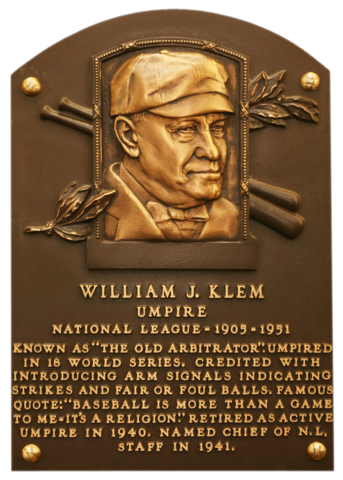
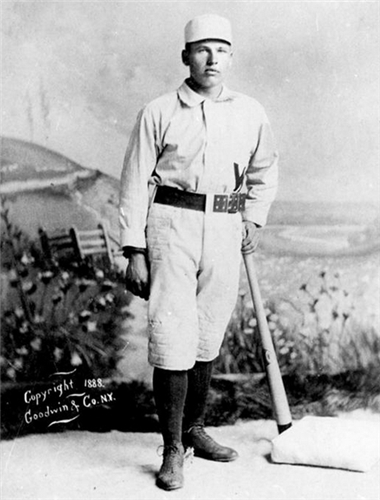
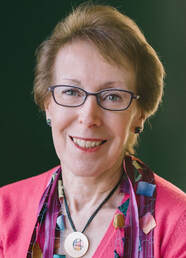
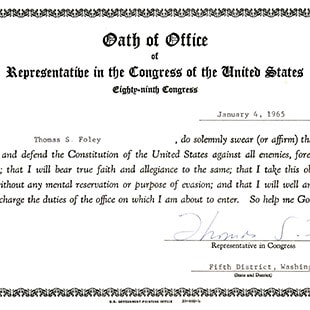
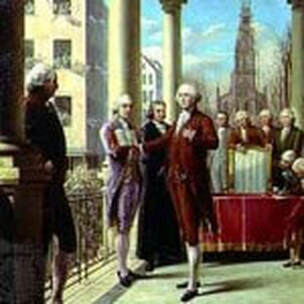
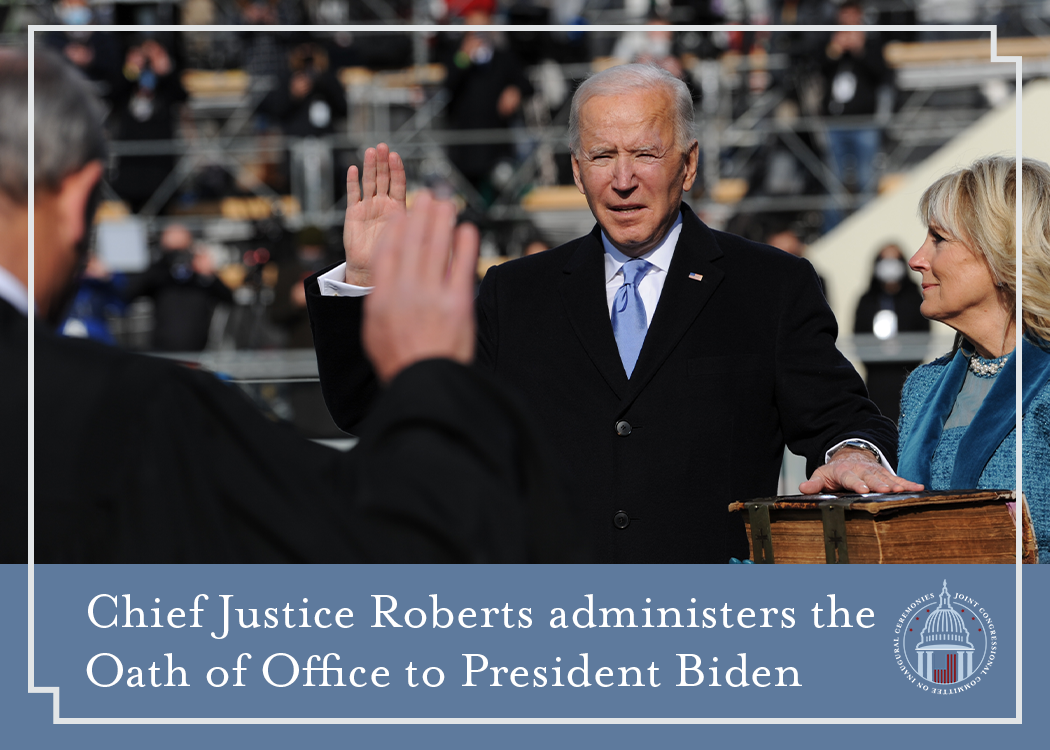
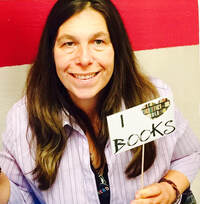
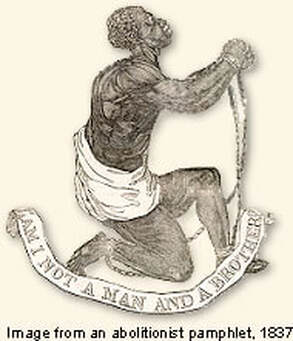
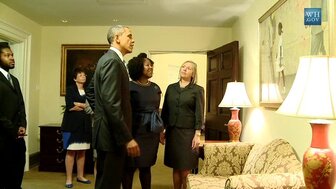
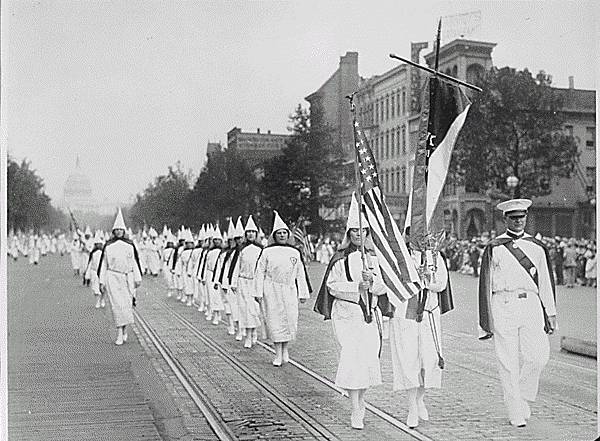
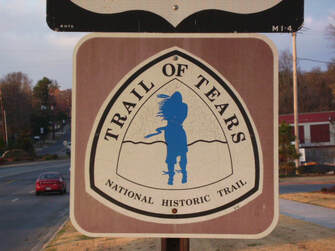
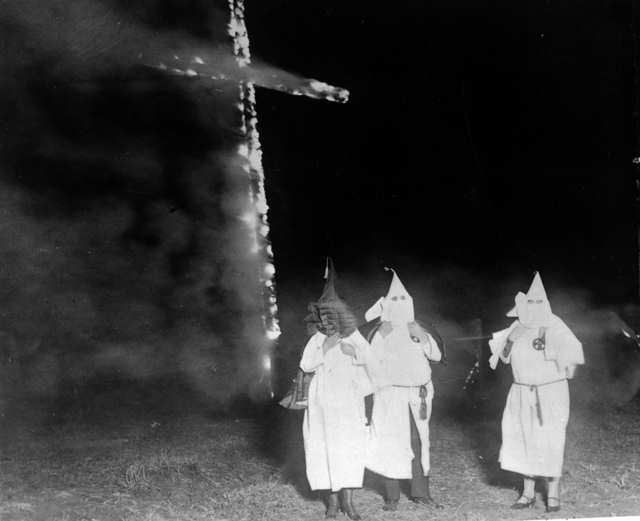
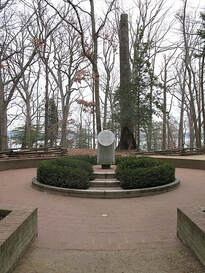
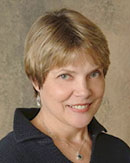

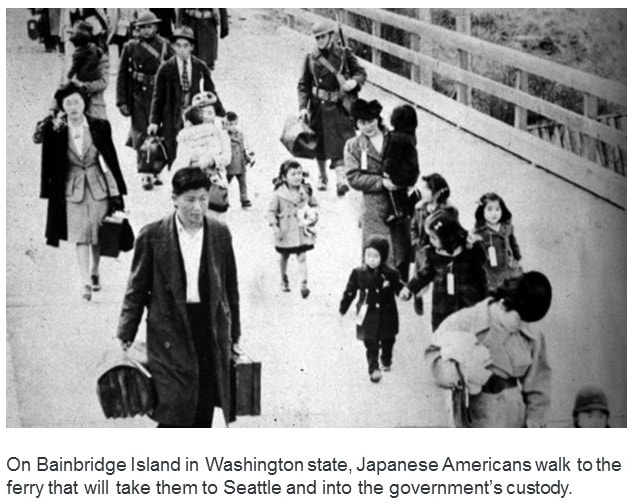
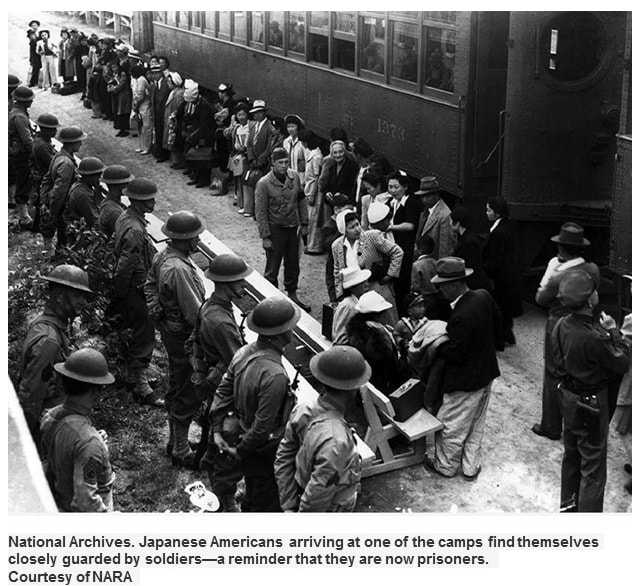
 RSS Feed
RSS Feed
